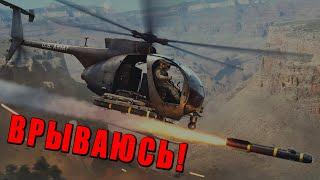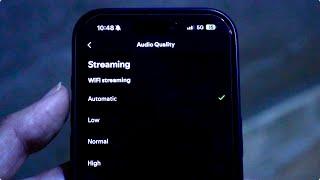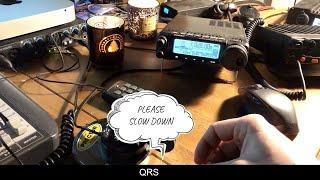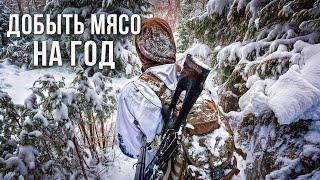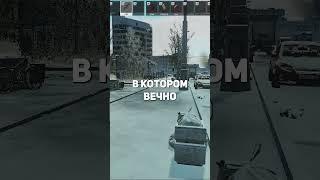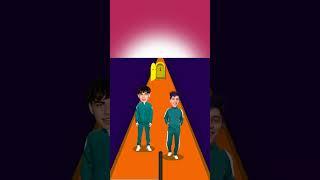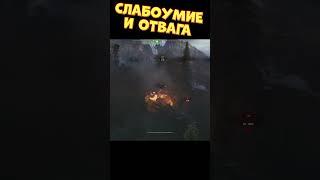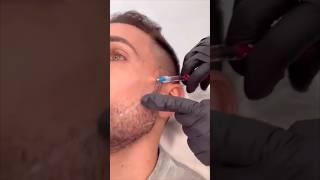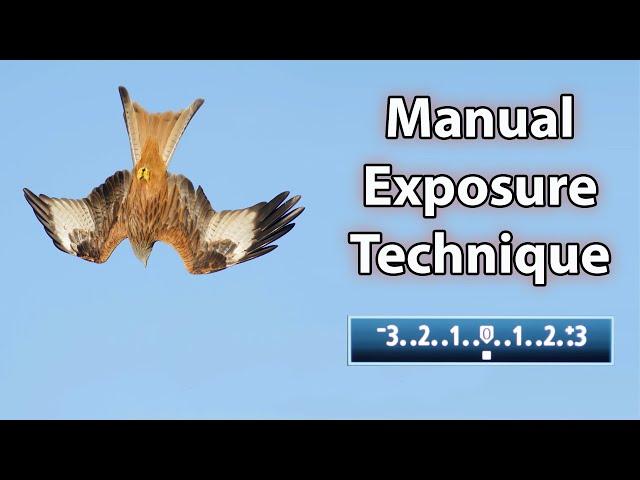
How to Use MANUAL EXPOSURE for Wildlife Photography - And Get Consistent Results Every Time
Комментарии:

First! A very good tutorial!
Ответить
Nice tutorial!
We can also switch onto live view or auto iso remeber it (auto iso) and manually set it :)

Fantastic tutorial......
Ответить
Flippin fabulous buddy!!!
Ответить
Very very helpful - NOW I understand at last!! Can't wait for the week of forecast rain to end so I can get out there and experiment! Hoping for much better images than I have been getting. Thank you.
Ответить
A good refresher and reminder. Thanks
Ответить
Good job Paul, tend to forget basics so always a good refresher! I tend to work off histogram personally but a good video 👍👍
Ответить
Excellent Paul !
Ответить
Super video Paul,I used to do similar at airshows in the 1990s for planes in flight;Meter either off the grass at the side of the runway or the runway itself.
That was with my old 35mm SLRs.10 rolls of 36 exposure films per show!So much better now with a 64gb CF card in my EOS 7D!!

Excellent video Paul thank you that will certainly help
Ответить
I do it the same Way 👍🏻
Ответить
Hi Paul, nice video with clear explanation. I personally recommend another method for exposure with more action-oriented shooting.
A useful way to get a good exposure is to make use of the exposure hold button (* on Canon, AEL on others). Kind of similar to a focus hold button it which will keep the exposure locked when pressed.
It is a good option to keep exposure fixed when tracking birds in flight

Thanks, that was really helpful. May I ask, where would you meter from when taking a birds on the water? Bearing in mind the reflective quality of the water. It’s something I struggle with.
Ответить
On a very bright day I generally use the shadow of the leaves of a tree for my exposure, but not a dark shadow. It usually works and always seems to work for aircraft at an air show, but for birds in flight as well. I find your videos really useful for people Paul, nice and easy to follow and plenty of real world situations and tips using good, honest, and proper every day gear. Who doesn’t like photographing birds as well?
Ответить
Nice shots, Like n.230 and Greetings from Italy :)
Ответить
Hi Paul another brilliant video its always a pleasure to watch and learn. Until next time take care and stay safe my friend.
Ответить
Paul Miguel, You're the best :-). Greetings from Poland.
Ответить
Some further clarification would be appreciated from any of you experienced folk.
If I understood this method, exposing for the grass or segments of the sky is acting as a proxy for mid-tone grey which the camera light meter tries to achieve
However isn’t this assuming that the bird in question is also mid-tone grey or is this your starting point before applying exposure compensation?

Hi, As you say meter from the BLUE sky when light allows but this time of year Winter in the UK many skies are just constant white so does the same rule apply as for blue skies?
Ответить
Nice video Paul but manual with Auto ISO is way, way more efficient!
Ответить
Get a large grey card (and by large I mean about 6" x 8") you can pick 'em up from amazon or where-ever for ~$10. I have one in the laptop sleeve of my backpack. Plop it down in the same light you'll be shooting in, zoom in and fill the frame with that grey card, switch to spot metering and take a reading and a few test shots at your preferred shutter speed - bam - instant, accurate midtone. Bonus is that you can use those metering shots to set your white balance accurately as well - either in the field or when you get home and start post-processing. The card sets include white and black cards as well, so you can meter off those if your subjects are going to be bright white or very dark black. I use this method and still use AutoISO , but I limit the ISO selection range from 100 up to what I've metered. That way I can still do things like reduce my shutter speed, or dial in some exposure compensation when my subject changes suddenly from dark to bright or vice versa. Edit For those interested just google "white balance card" and you'll find gobs of them.
Ответить
With the Sony R74 I keep settings on manual and ISO on Auto in a range. The camera will let you know if the light has moved out of the range of proper exposure by blinking the ISO - it only show "Auto" but the letters will blink. This give you a bit of flexibility. The idea is that exposure will change based on the angle and shade. I rarely photograph wildlife in an open field after all. The main issue left is of course focus(waiting for the Sony A1 :-) 🙏🏻). Great video...
Ответить
Always useful, thanks Paul.
Ответить
If you shoot mirrorless the histogram and the exposure simulation in the view finder is pretty fool proof. DSLR's are a bit different and Paul's suggestion is good. I used to use grass too and look at the histogram. Mirrorless makes things so much easier as the simulation and histogram are displayed in the viewfinder.
Ответить
Very helpful, thanks for sharing! 👍
Ответить
Can we say it is zone focusing
Ответить
All well and good until a Fox or young Deer appears running across the shadows behind you and then it`s next to useless, auto iso is the best option.
Ответить
That is such great advice, thank you. You have a new subscriber, I am new to photography and this has been a problem for me. Great video👍📸🤙
Ответить



